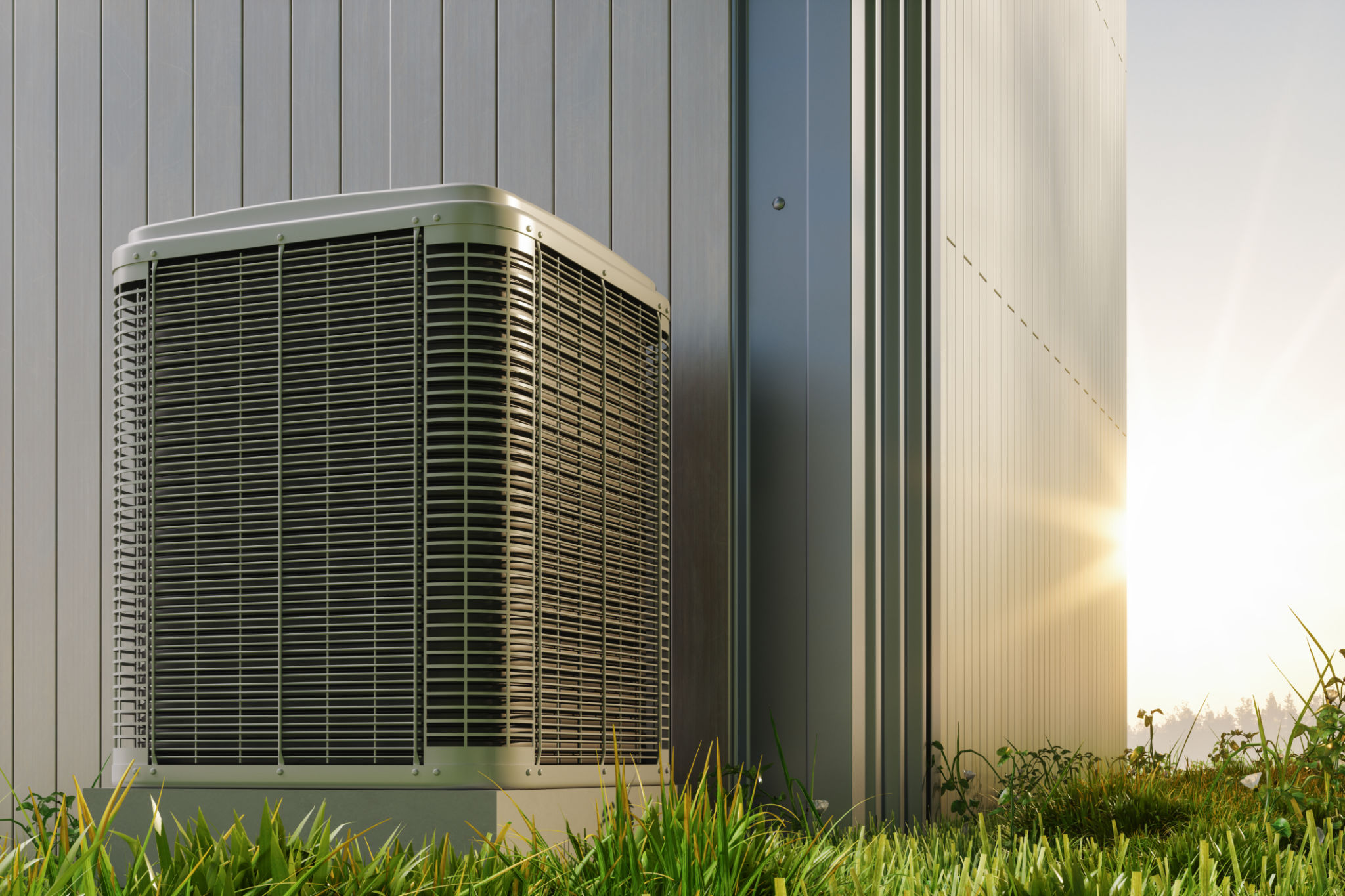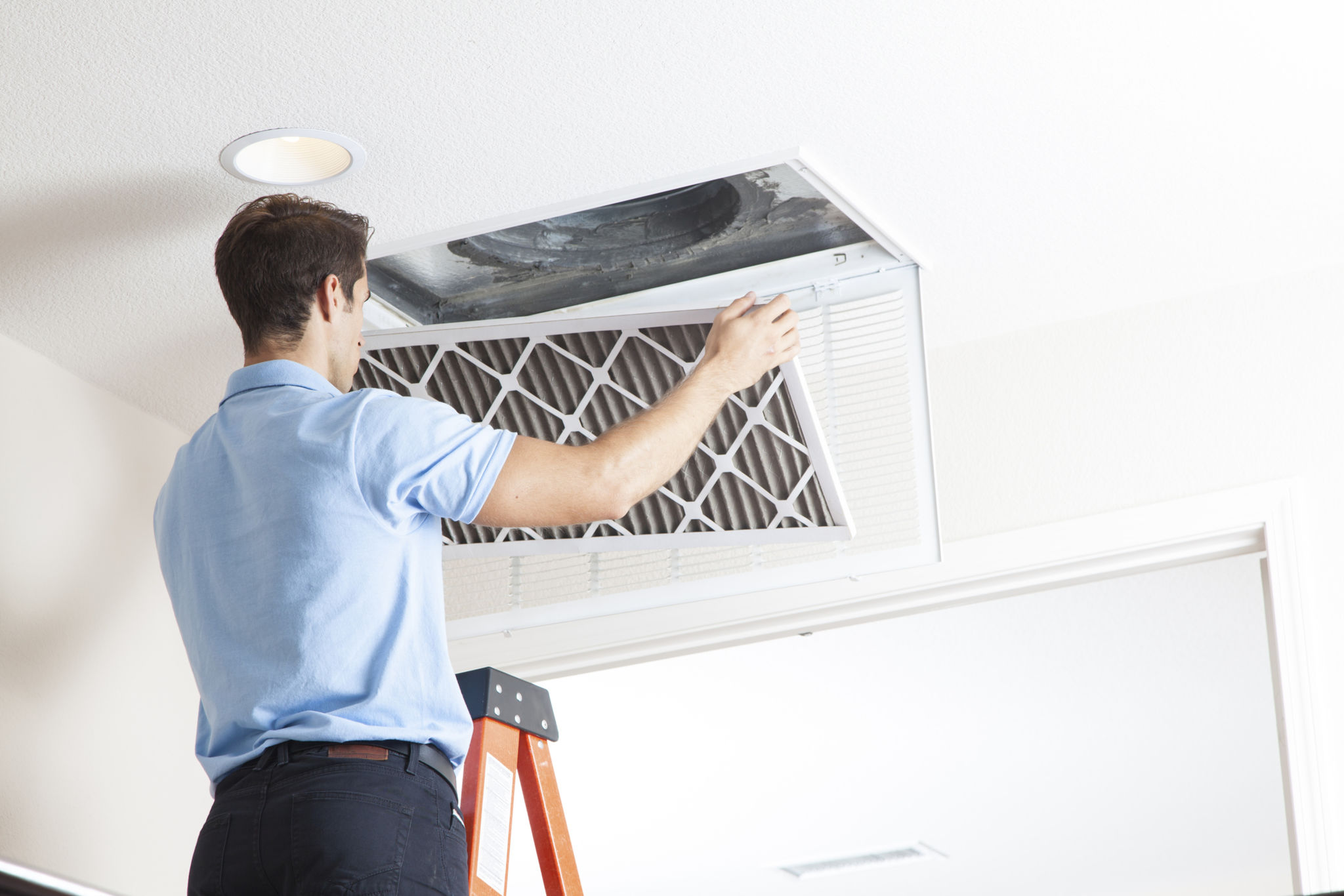How to Troubleshoot Common Air Conditioning Issues Before Calling a Professional
Check the Thermostat Settings
Before delving into more complex troubleshooting, start with the simplest solution: the thermostat. Ensure that it is set to the correct mode, usually "cool," and that the temperature is set lower than the current room temperature. Sometimes, the issue might be as simple as a thermostat set to "heat" or "off." If your thermostat runs on batteries, replacing them might also solve the problem.

Verify Power Supply
If your air conditioning unit doesn't turn on, it might not be getting power. Check your home's electrical panel for any tripped breakers, and reset them if necessary. Make sure the AC unit's power switch is in the "on" position. If these steps don't resolve the issue, inspect the unit's power cord for any visible damage.
Inspect Air Filters
Dirty or clogged air filters are a common cause of air conditioning problems. A blocked filter can restrict airflow and cause the unit to work harder than necessary, leading to inefficiency or a complete shutdown. Remove the filter and hold it up to a light source; if light cannot pass through, it's time to clean or replace it.

Examine Outdoor Unit
The outdoor condenser unit should be free of debris for optimal performance. Leaves, dirt, and other obstructions can impede airflow and cause the system to overheat. Gently clean around the unit and remove any visible debris. Be sure to turn off the power before performing any maintenance on the outdoor unit.
Check for Refrigerant Leaks
Low refrigerant levels can severely impact your air conditioning system's ability to cool your home. Signs of a refrigerant leak include ice formation on the coils and hissing sounds from the unit. While adding refrigerant should be handled by professionals, identifying a possible leak can help expedite repairs.

Investigate Unusual Noises
Noises such as banging, clanking, or rattling can indicate loose or damaged parts within your air conditioning system. Identifying the source of the noise can help determine whether it's a minor issue, like a loose screw, or something more significant that requires professional attention.
Assess Airflow Issues
If certain areas of your home aren't cooling properly, the issue might be with your vents or ducts. Ensure that all vents are open and unobstructed by furniture or curtains. If airflow remains an issue, inspect your ductwork for any visible signs of leaks or damage.

Reset the System
Sometimes, simply resetting your air conditioning system can resolve minor glitches. Turn off the power to the system at the breaker panel, wait a few minutes, and then turn it back on. This can reset internal components and potentially solve operational issues.
Troubleshooting common air conditioning issues can save you time and money by solving minor problems before they require professional intervention. However, if these steps do not resolve your issues or if you're uncomfortable performing them, it's best to call a certified HVAC technician.
